04 Nov

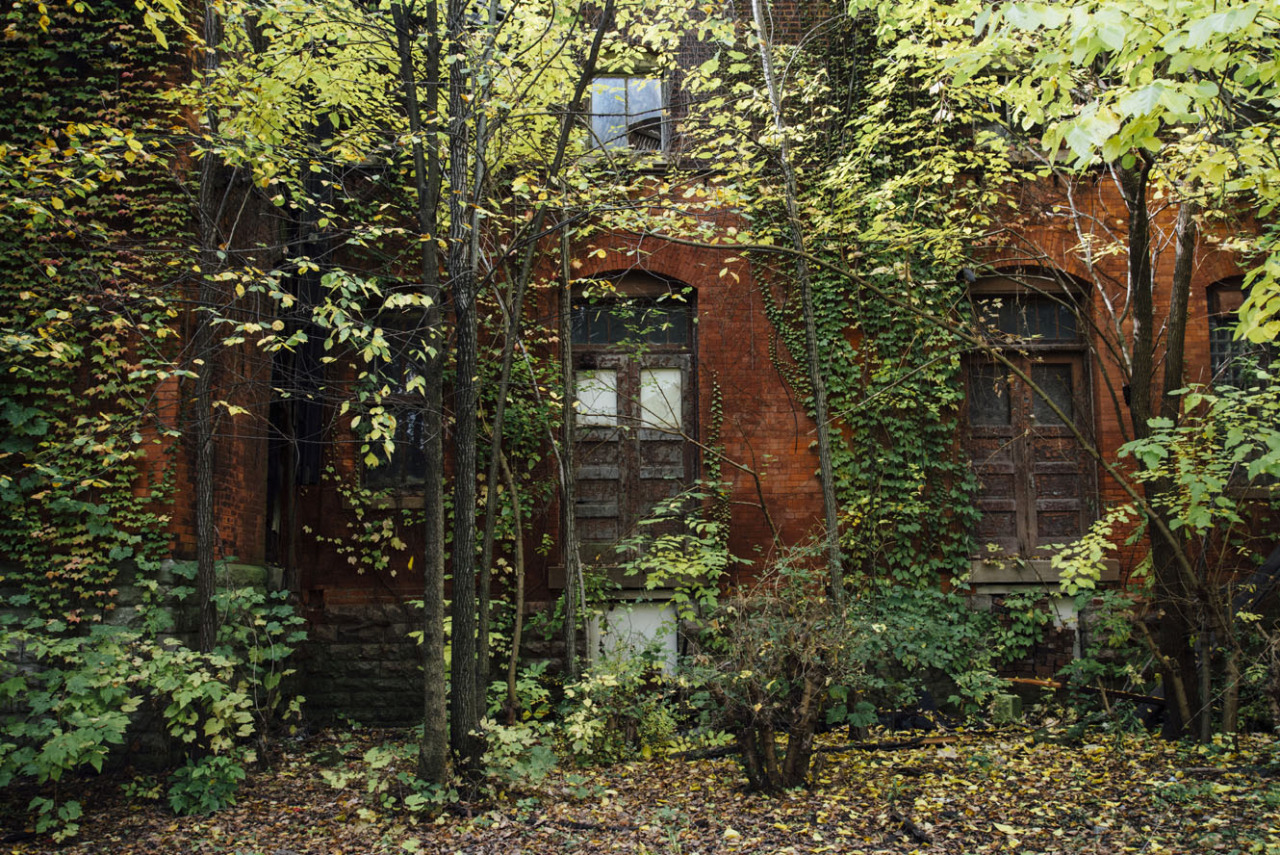
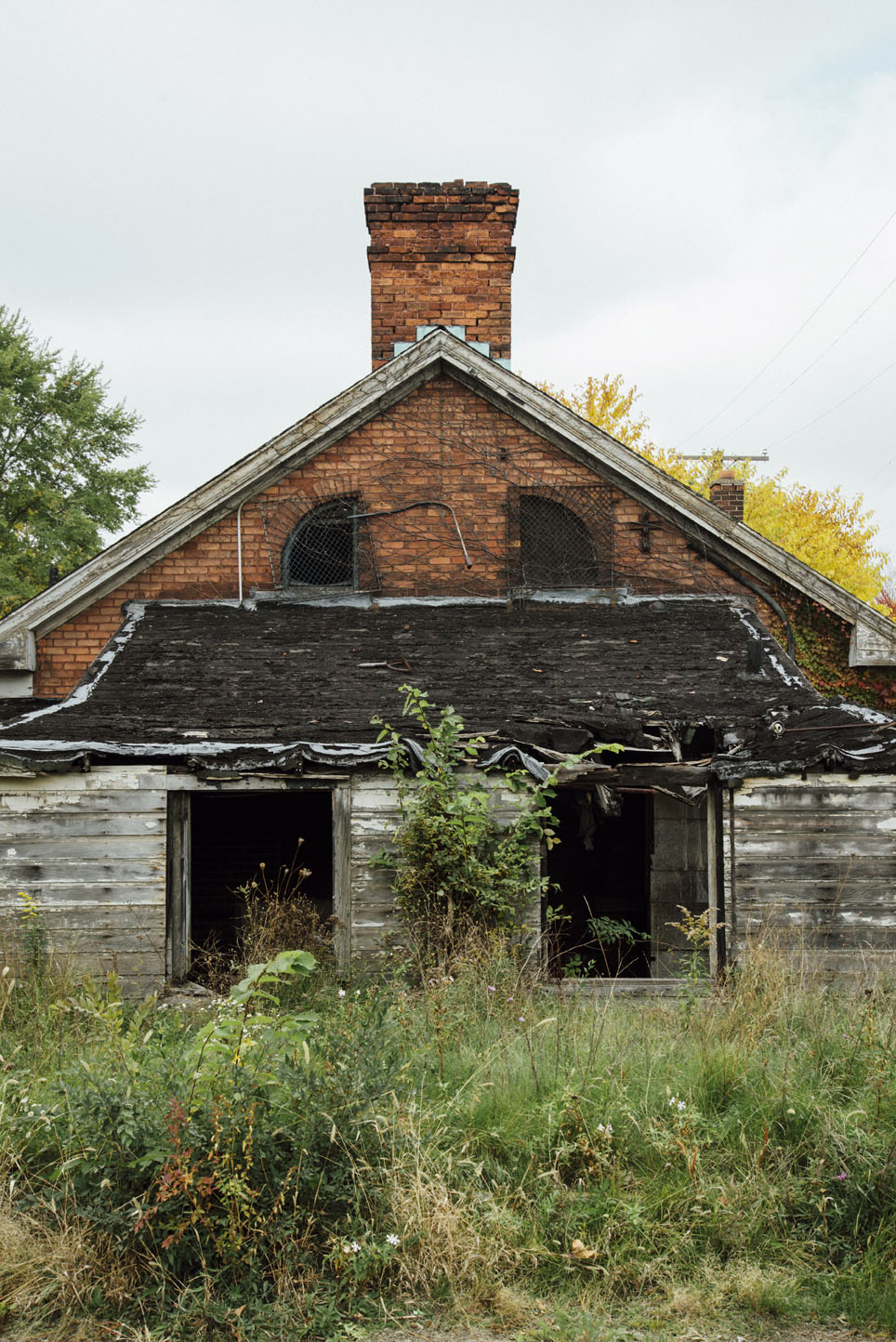

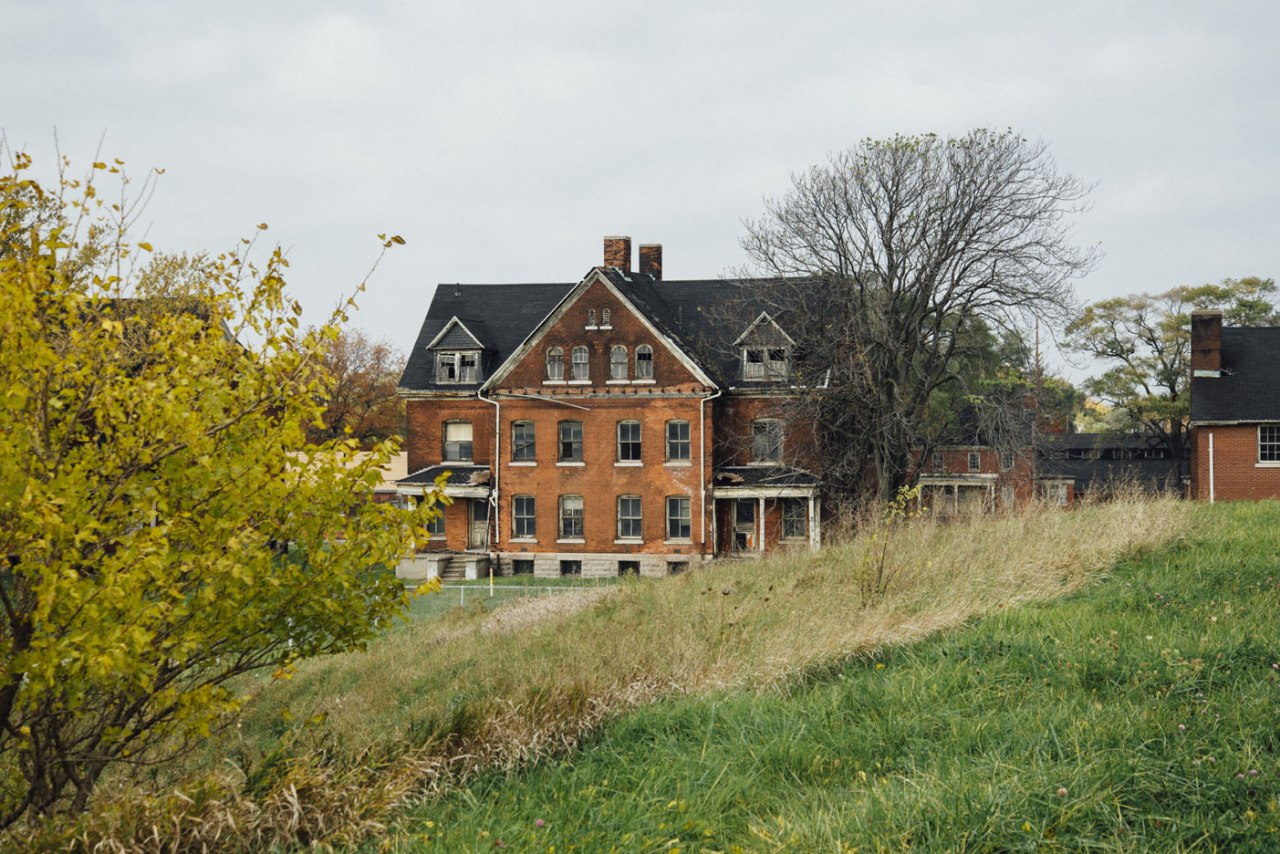
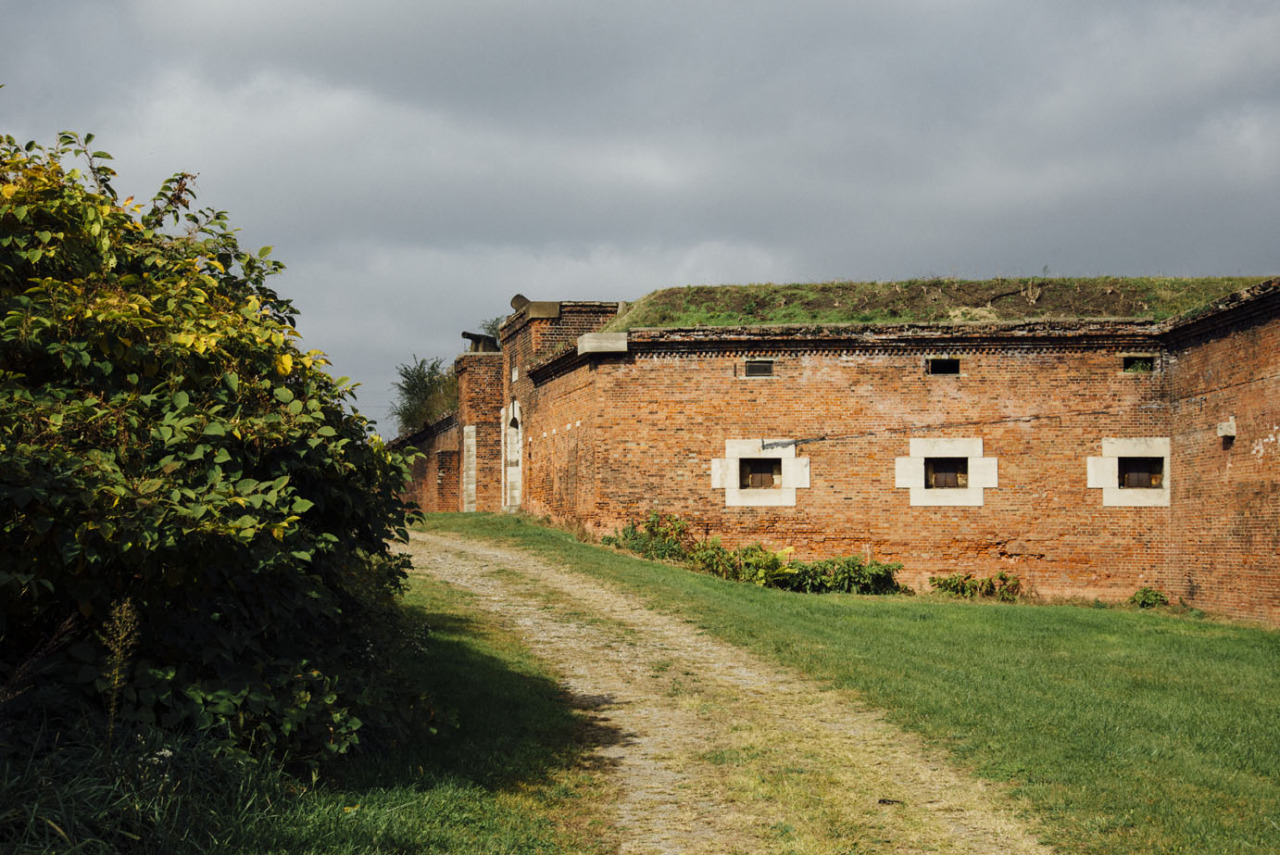

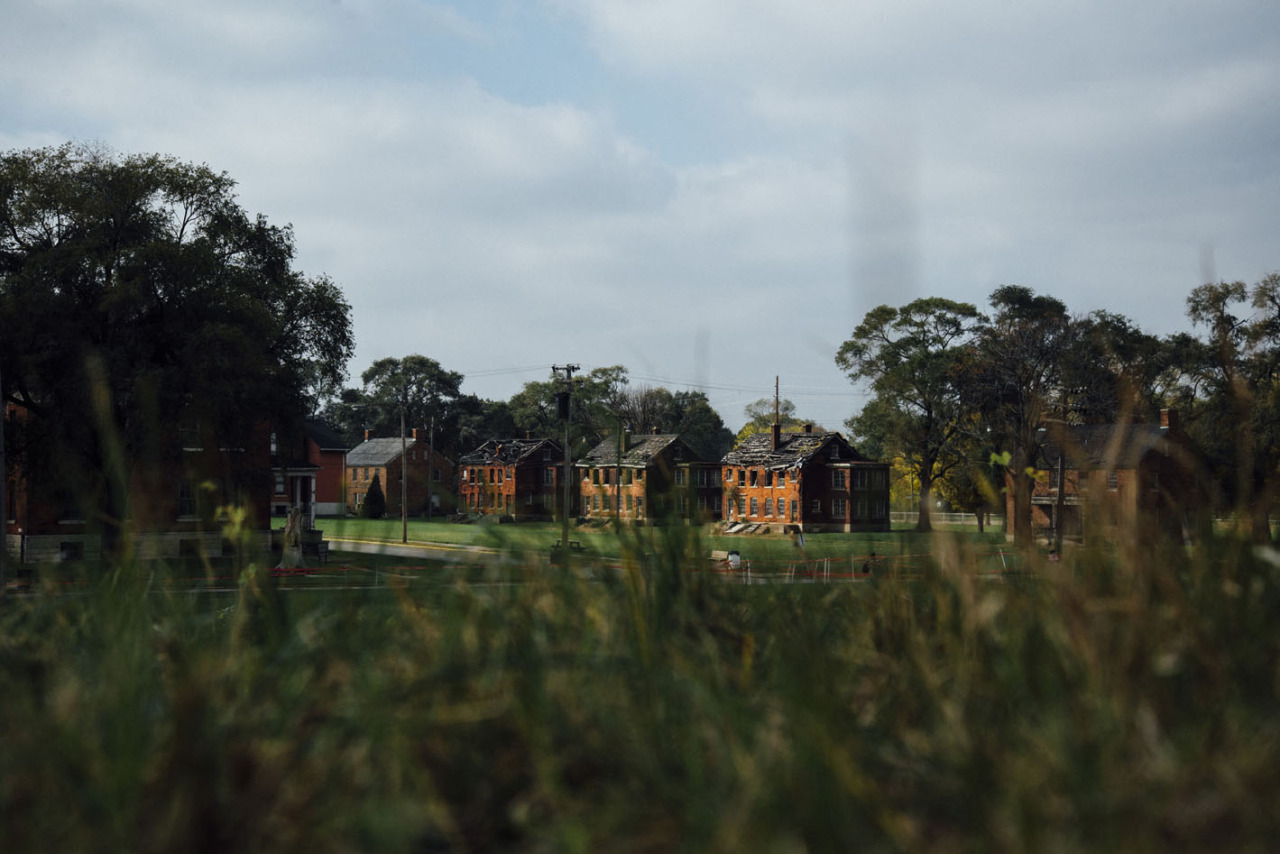

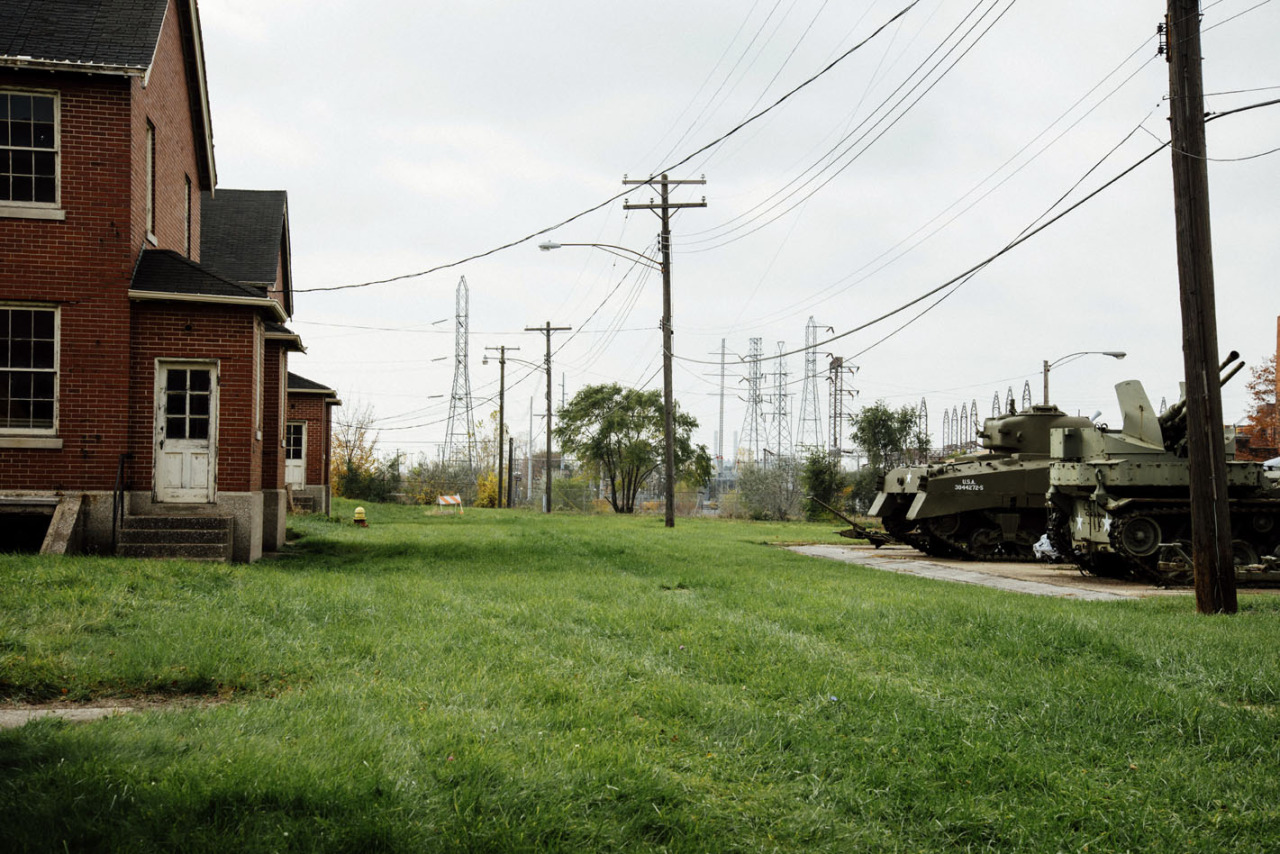
FORT WAYNE – DETROIT, MICHIGAN
FORT WAYNE (open 9-5 weekdays, 1-5 Sun; guides furnished), at the foot of Livernois Ave., named for General Anthony Wayne (1745-96), was authorized by an act of Congress in 1841 and completed ten years later. Built on a bluff overlooking a bend in the Detroit River, the fort is garrisoned by the Second United States Infantry Regiment. … In time, the fort’s massive brick-faced walls and the old stone barracks, vacated some years ago, were allowed to fall into disrepair.
—Michigan, A Guide To the Wolverine State (WPA, 1941)
Along the Detroit River overlooking Canada sits Fort Wayne, a star-shaped fort with a rather random string of roles throughout its history. When construction began in 1842 it was built to protect Detroit from threat of a British invasion however the fort wasn’t even fully armed and completed before the U.S. and Britain reached a detente. Consequently, the fort was mostly irrelevant and virtually left empty for 10 years—save for a single watchman. During that time it’s rumored the fort was used as a stop in the Underground Railroad before returning to service during the Civil War.
In WWI the fort was used as a temporary detention center for accused Communists and during the Great Depression it housed both homeless families as well as Civilian Conservation Corps workers stationed in Detroit. During WWII it transitioned into a motor vehicle supply center, storing and shipping auto parts and vehicles for the military, and became the largest motor supply depot in the entire world.
After the Second World War some sections of the grounds were handed over to the Historical Commission in the city and became a military museum, while others still supported basic armed forces activities. After the city’s shattering race riots in 1967 it housed displaced families, some of them remaining there for up to four years.
Prior to any construction on the fort the land was the site of approximately 19 Native American burial grounds, some dating back to 1000 A.D. In the ensuing years, that legacy provided fodder for tales of paranormal activity, spirits, and ghosts. And although Fort Wayne never actually saw a battle, the history it has witnessed is unrivaled. No doubt it holds many stories within its walls. The condition of the fort as a whole vary—while some areas are in perfect condition, others are mostly crumbling. Amazingly, when visiting you are left to wander freely among some 96 acres of its barracks, tunnels and homes, soaking in the sights and history.
* * *
EE Berger loves swimming, camping, adventures and anything involving photographing in natural light. She grew up in a rural town north of Detroit, attended College for Creative Studies, moved to Brooklyn for five years and has finally returned to the city “love of her life,” Detroit. You can find her on Tumblr at eeberger.tumblr.com, and find her website at eebergerphoto.com.


Sorry, the comment form is closed at this time.